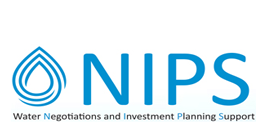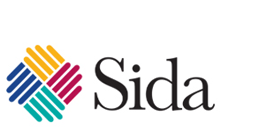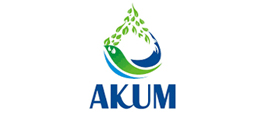Agglomerations and Water Supply Zones
Menu
Sensitive Areas - Findings of final report
Sensitive areas – the risk of eutrophication and degradation of water quality
The reason for introducing the concept of sensitive areas into the UWWTD is very specific: to prevent treated urban waste-water giving rise to a phenomenon known as eutrophication. Whatever other environmental protection interests may apply to a surface watercourse, if there is no likelihood of that watercourse becoming eutrophic as a result of receiving a discharge of treated urban waste-water, then the UWWTD does not require it to be designated it as sensitive.
Eutrophication refers to the process whereby the concentrations of dissolved nutrients (primarily dissolved nitrogen and phosphorus including nitrogen or phosphorus in the form of ions such as ammonium, nitrate and orthophosphate.) in surface waters become sufficiently high to promote a degree of algal growth that poses a risk to the morphology of the water body in question. For example, in extreme cases high nutrient concentrations can encourage excessive macrophyte (i.e. large plant) growth, which then entrains suspended sediments, leading over time to a complete silting up of the water body.
Methodology to identifying sensitive areas
An appropriately experienced environmentalist can often identify more obviously eutrophic waters just by observation. In less obvious cases it is necessary to study the statistical variations of concentrations of dissolved nutrients in rivers. When estimating the sensitivity of a river to effluent discharges it is useful to note that the mixing of an effluent with a river involves conservation of mass for both a pollutant and water. This allows the concentration of a pollutant downstream of a point of mixing to be calculated from the effluent flow (), the upstream river flow (), the concentration of pollutant in the effluent () and the concentration of pollutant in the river upstream (), using a simple mass balance equation:
Such an approach requires a minimum of three years’ data derived from at least monthly sampling of water from locations separated by no more than twelve (12) kilometres and ideally considerably less. Albania’s surface water quality monitoring programmes at present fall a long way short of this requirement.
Approach chosen for this report and findings
In the present context, therefore, the identification of sensitive areas has been based upon extensive literature review, stakeholder consultation and analysis according to terms and definitions provided for the Urban Waste-Water Treatment Directive.
On this basis the sensitive areas identified are listed below.
Table 1: Sensitive areas
| Sensitive Area No and Name | River Basin Name | Number of Agglomerations upstream |
| SA01 Lake Fierza | Drin | 8 |
| SA02 Lake Koman | Drin | 1 |
| SA03 Kune Vain Tale North | Drin | 5 |
| SA04 Lake Shkodra | Drin | 2 |
| SA05 Buna Mouth/ Viluni Lagoon | Buna | 6 |
| SA06 Lake Ohrid | Drin | 4 |
| SA07 Big Lake Prespa | Drin | 1 |
| SA08 Little Lake Prespa | Drin | 0 |
| SA09 Lake Ulëz | Mat | 1 |
| SA10 Kune Vain Tale South | Mat | 2 |
| SA11 Patok | Mat | 5 |
| SA11 Patok | Ishëm | 6 |
| SA11 Patok | Erzeni | 1 |
| SA12 Bish Kamez Rrushkull | Erzeni | 10 |
| SA13 Karavasta Lagoon | Shkumbin | 10 |
| SA13 Karavasta Lagoon | Seman | 29 |
| SA14 Belsh Lakes | Shkumbin | 1 |
| SA15 Lake Banja | Seman | 1 |
| SA16 Vjosa River Narta Lagoon | Vjosa | 13 |
| SA17 Orikum Lagoon | Vjosa | 3 |
| SA18 Lake Butrint | Vjosa | 2 |
| Total | 111 |
Taking into account the identified sensitive areas and the population equivalents of the identified agglomerations, nutrient removal would be required for 24 agglomerations.
[1] This includes nitrogen or phosphorus in the form of ions such as ammonium, nitrate and orthophosphate.














